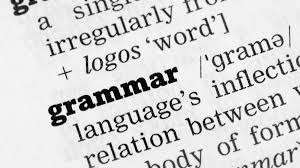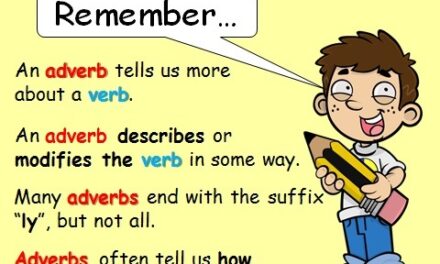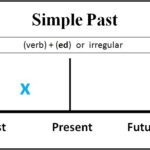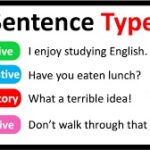The simple future tense is used to talk about actions that will happen in the future. It helps us express our plans, predictions, and promises about things that haven’t happened yet.
Formation
There are two main ways to form the simple future tense:
- Using ‘will’ + base form of the verb
- Using ‘be going to’ + base form of the verb
Using ‘will’
Structure: Subject + will + base form of verb
- I will study tomorrow.
- She will visit her grandmother next week.
- They will play basketball this evening.
Using ‘going to’
We use ‘going to’ express actions that will take place in near future.
- When we intend doing something in near future.
Example: Tomorrow, we are going to study a new chapter.
- When we know for sure something is going to happen in the near future.
Example- Sky is covered with black clouds. It is going to rain heavily.
Structure: Subject + am/is/are + going to + base form of verb
- I am going to read a book tonight.
- He is going to buy new shoes tomorrow.
- We are going to watch a movie later.
When to Use Simple Future Tense
- For predictions:
It will rain tomorrow.
The team will win the championship.
- For promises:
I will help you with your homework.
We will visit you next summer.
- For spontaneous decisions:
The phone is ringing. I will answer it.
It’s cold in here. I will close the window.
- For planned actions:
We are going to move to a new house next month.
They are going to start a new project next week.
Important Notes
- Remember that ‘will’ is often contracted to ‘ll in casual speech and writing (I’ll, you’ll, she’ll).
- ‘Going to’ is more commonly used for planned actions and predictions based on current evidence.
- Both ‘will’ and ‘going to’ can be used in negative forms by adding ‘not’:
– will + not (won’t)
– am/is/are + not + going to
















